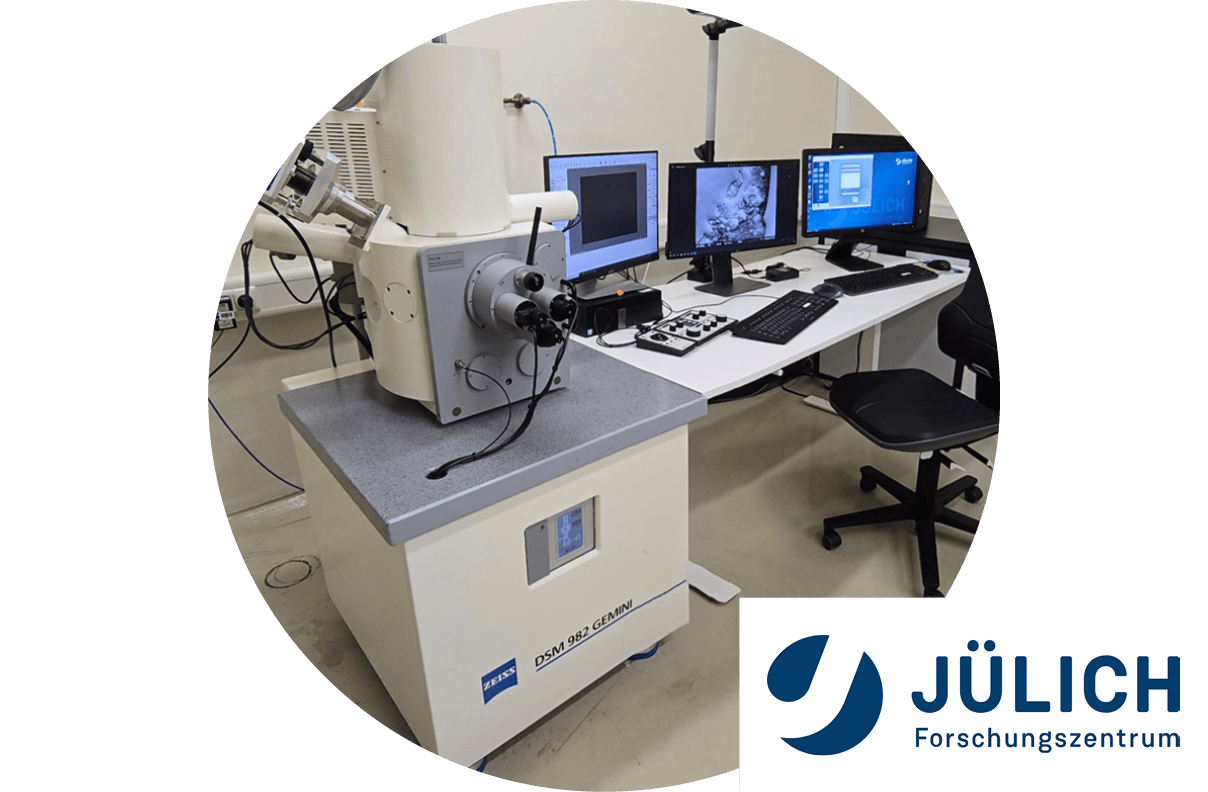SEM Modernization of a LEO DSM982 for the Forschungszentrum Jülich
Questions to Gaby Esser, Department Plasmaphysik at the Institute of Fusion Energy and Nuclear Waste Management (IFN) at the Forschungszentrum Jülich GmbH
Can you tell us about your institution?
Forschungszentrum Jülich contributes to solving major societal challenges in the fields of information, energy and bioeconomy. It focuses on future information technologies, the human brain, energy system change and a sustainable bioeconomy. With interdisciplinary approaches, it uses simulation and data sciences as well as unique scientific infrastructures.
At the Institute of Energy and Climate Research / Plasma Physics (IEK-4), we are part of a globally networked joint effort to realize fusion power plants in order to transfer the sun's energy process to the earth and create a sustainable energy supply. The focus is on energy extraction from fusion reactor combustion chambers, which have to withstand extreme thermal loads. Suitable materials and their interactions with the fusion matter are being researched - also in cooperation with global fusion experiments.
The High Temperature Materials Laboratory (HML) investigates materials and components for the first wall and the divertor of the ITER and DEMO fusion facilities under fusion-relevant conditions.
How is your experience with working with the modernized microscope?
Considering that a JEOL JSM 6100 and its successor, the ZEISS DSM 982 Gemini, were used in the original version at the HML for several decades, the modernization is an immense advantage, especially for newcomers or personnel who only use the system sporadically, due to the intuitive and user-friendly handling, which makes many things easier.
What are your experiences with the installation of the upgrade by point electronic?
Despite the fact that we have a controlled area here with all the associated radiation protection requirements, there were no problems in carrying out the work.

